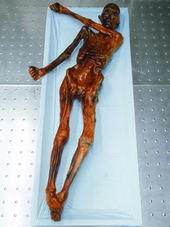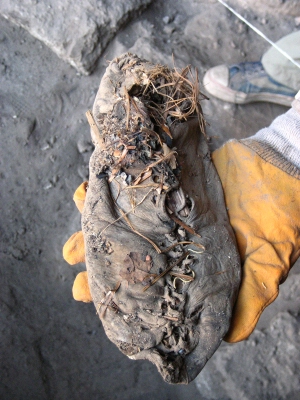
© Jayme McGowanA smashing time.
On the west coast of India, near the city of Mumbai, lies a tortured landscape. Faults score the ground, earthquakes are rife, and boiling water oozes up from below forming countless hot springs.
These are testaments to a traumatic history. Further inland, stark mountains of volcanic basalt provide compelling evidence that this entire region - an area of some 500,000 square kilometres known as the
Deccan traps - underwent bouts of volcanic activity between 68 and 64 million years ago.
We don't know why. The Deccan traps lie far away from any tectonic plate boundaries, those fractures in Earth's crust through which lava usually forces its way up from the planet's interior. No volcanism on the scale implied by the Deccan traps occurs on Earth now. However, smaller, equally mysterious "hotspots" dot the globe away from plate boundaries - the smoking volcanoes of the Hawaiian islands, for example, or the bubbling geysers of Yellowstone National Park in Wyoming.
Geologists have generally thought that the history of such features can be traced through the slow churnings and contortions of rock under pressure in Earth's mantle. But it seems there is more to it than that. Sometimes volcanic activity needs - and gets - a helping hand from above.



